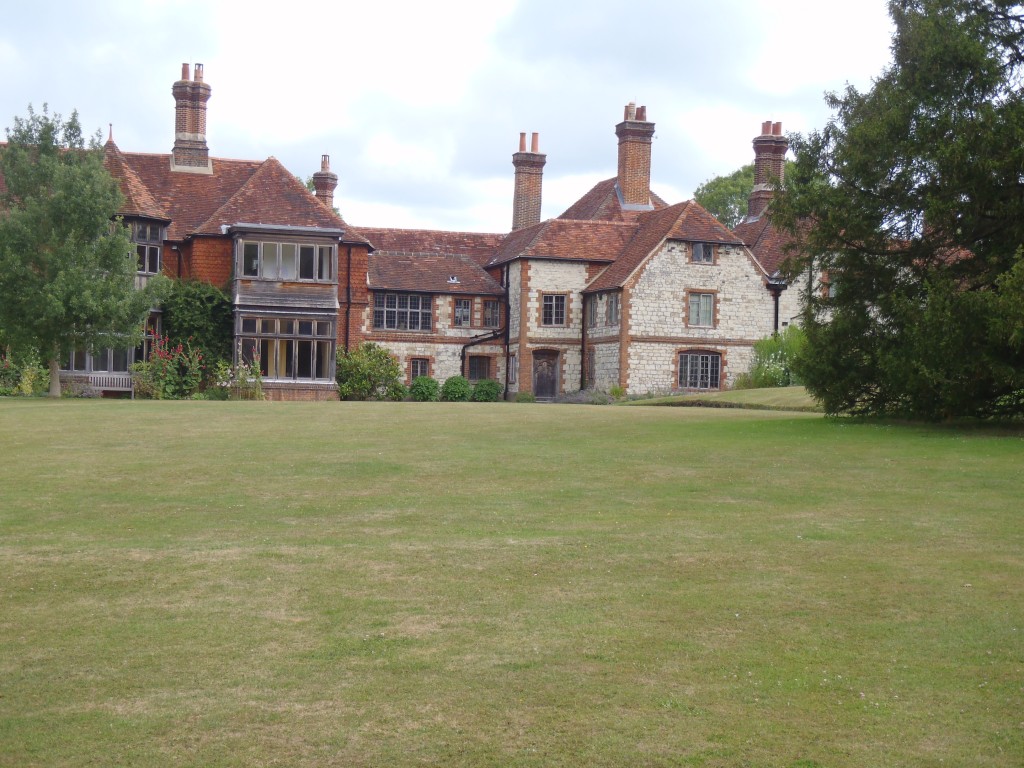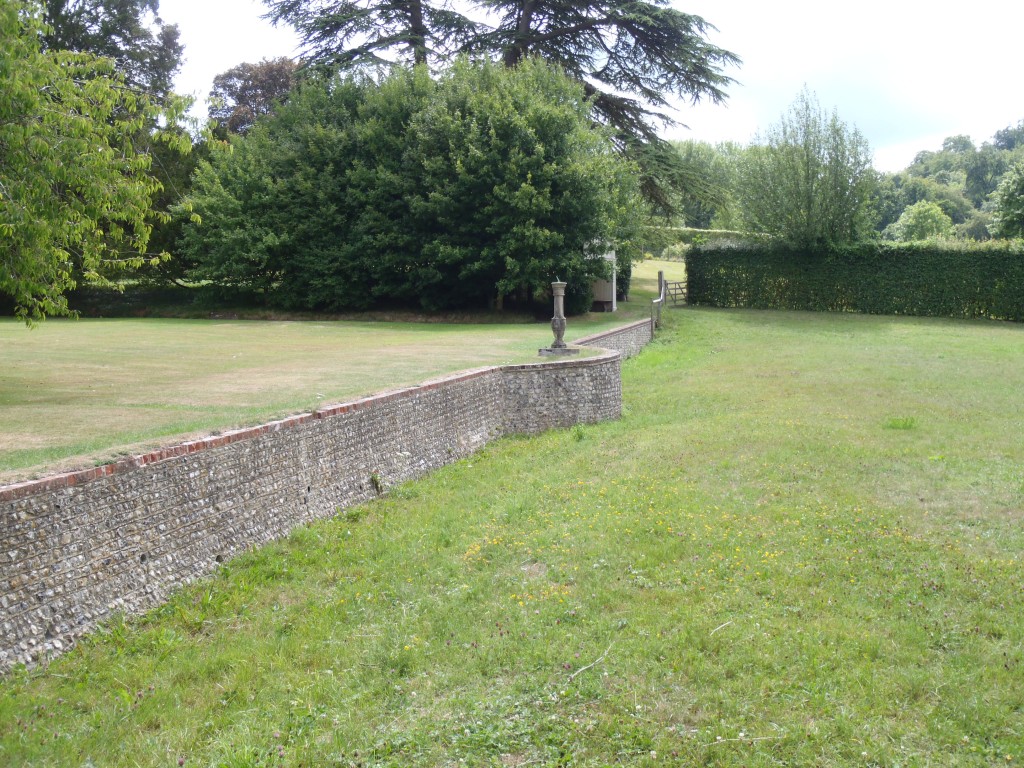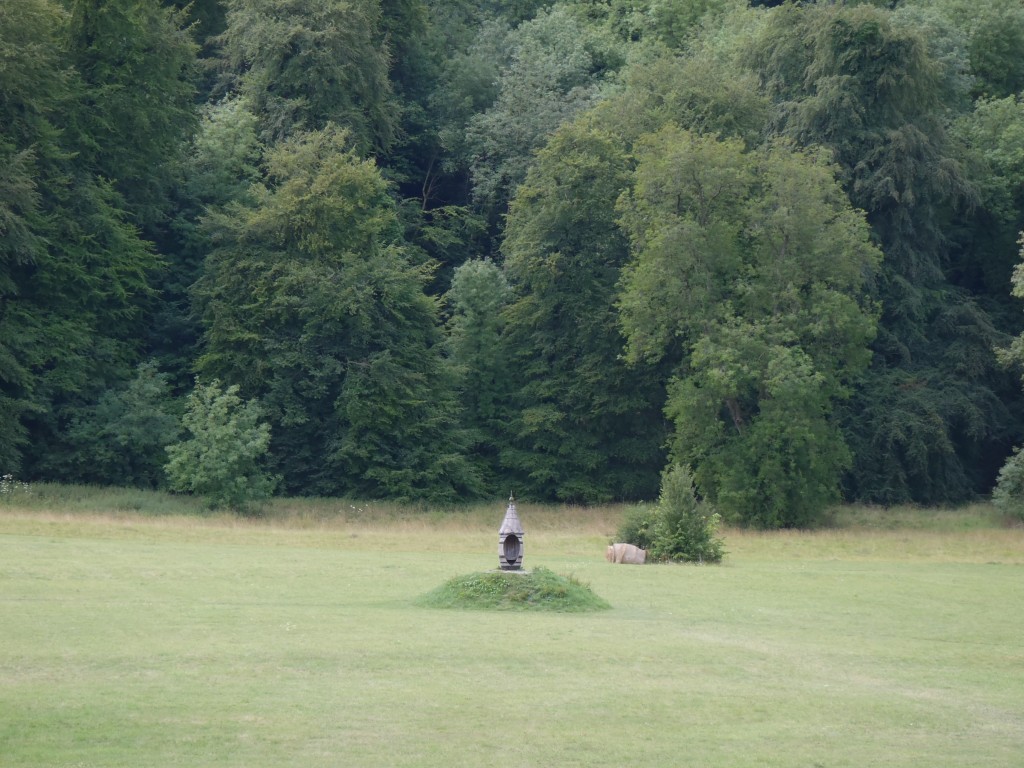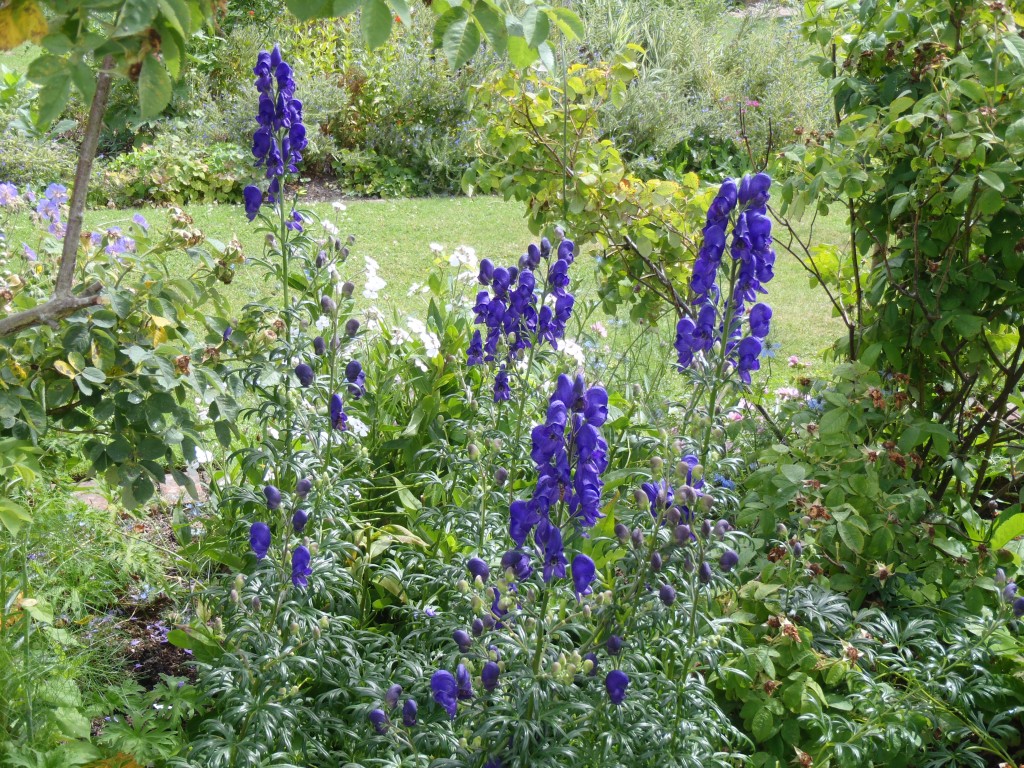A few days ago I made an excursion to Selborne, a small village only a few miles from Chawton. The road that connects the villages is very narrow, with ample hedgerows on either side, though at one point lavender fields have been cultivated, creating a startling burst of color and scent. Selborne, like Chawton, is known today for an 18th-century resident who became a celebrity. Though Jane Austen and Gilbert White never knew one another—he died in 1793, over a decade before the Austens moved to Chawton—she knew his son, John White, who was also a naturalist. In a letter of 1811 she wrote of friends going to Selborne to celebrate the “Gaities of Tuesday” (celebrations for the birthday of King George III on 4 June) on the village common, in company with the White family. Gilbert White lived nearly his entire life in Selborne, most of it in the same house, which was called The Wakes.
Gilbert White studied at Oriel College, Oxford, and though ordained in 1747 never rose, nor attempted to rise, very high in the church hierarchy. He much preferred staying close to home, spending most of his time outdoors, constantly expanding and improving the gardens at The Wakes, and making copious observations in his Garden Kalendar. These observations concerned much more than just vegetation; he was interested in everything that had any influence or effect in the garden: the weather and its fluctuations, the birds and animals that either lived there or passed through, the surrounding forest and nearby lakes and streams. The gardens at The Wakes are to this day very sumptuous and beautiful, and preserve many features, such as the ha-ha and sundial, that White himself installed. He even invented a revolving chair that would screen him as he sat and observed in all directions.
In the 1760s White began a correspondence with two learned gentlemen that would have great consequence for his work. One was Thomas Pennant, an eminent zoologist already well known in the scientific world; the other was Daines Barrington, a lawyer and amateur naturalist. White and Barrington shared a passion not only for nature, but for music. Those of us familiar with Mozart’s career will recall that it was Barrington who examined the boy genius who came to London in 1764, and reported his awed conclusions to the Royal Society. Thus many of White’s letters to Barrington concern what one might call the music of nature, particularly bird calls and the sounds of insects; in one letter he reports that a certain owl tends to hoot in the key of B-flat. Though it seems obvious to us today, White seems to have been the first naturalist who actually employed bird sounds in identifying birds, and to delineate closely related species from one another. In a wonderful letter of 1778 White describes an echo heard consistently at the same spot in a nearby hanging wood, and then relates the series of measurements, observations, and reflections that led to his understanding of it.
These letters were eventually published as The Natural History of Selborne, and they were instantly recognized not only as a new paradigm of scientific observation and description, but as a genuine labour of love. It is for this reason that the work has never gone out of print since its first appearance; it is written in plain, clear English that turns lyrical in the face of beauty, and inspires the latent naturalist in all of us to awaken more intensely to our surroundings. It also seems to me that White had much in common with that other gentleman whose house I recently visited, William Herschel. Both were in the grip of an overwhelming ambition to survey, to comprehend, and to explain a chunk of their universe, inventing the tools that they needed to do so, and devoting their lives day in and day out to their chosen tasks. Herschel mapped the heavens, White mapped his own locality, and they then communicated their findings in all the density of detail that their questing minds could convey, and created knowledge. Herschel’s stars, White’s birds, Mozart’s concertos, Haydn’s symphonies: telescopes, microscopes, orchestras, all instruments for exploring worlds within or worlds without.





I especially like the last sentence of today’s blog.
Moose